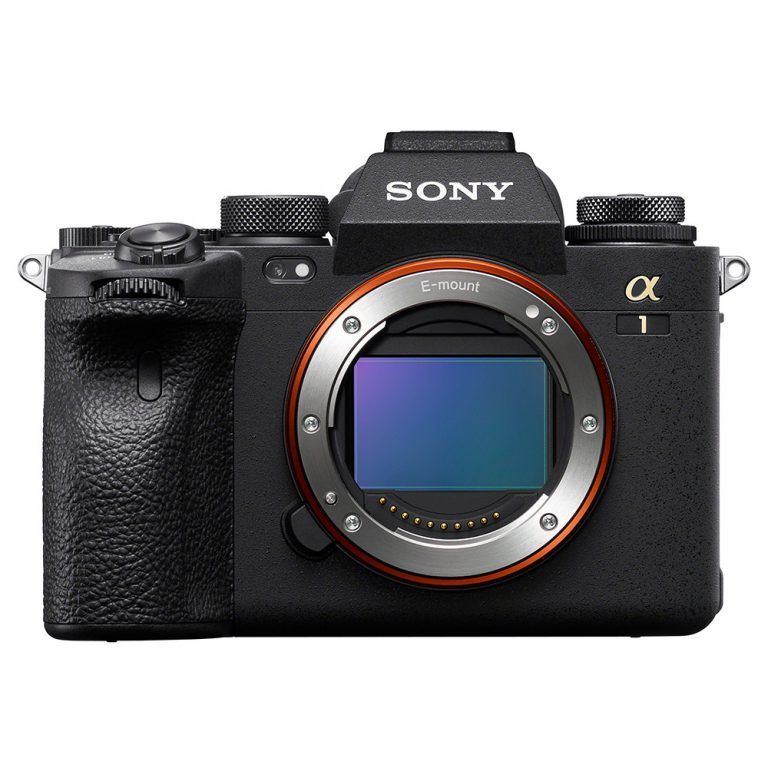

Our LM macroscopes and photomicroscopes have a centric optical path and are therefore ideally suited for high-resolution photography. Especially if you need to capture fast processes or moving objects without blurring, it is best to use the mechanical shutter.įor our camera tests, we used our in-house LM macroscopes, because they are specifically optimised for the sensor format and camera type of the Sony Alpha 1. Both options – mechanical and electronic shutter – have their pluses and minuses. Having the option to choose between the electronic and mechanical shutter optimises the shooting process and therefore enables superior image quality. The c amera’s continuous shooting mode is truly top-class: the fastest mechanical shutter speed is 1/8,000, and switching to the electronic shutter allows the Alpha 1 to operate at shutter speeds up to 1/32,000 in complete silence and without any vibration. If you want uncompressed RAW images, the maximum rate is 20 fps.
SONY ALPHA 1 FULL
The incredibly fast BIONZ X™ processor enables continuous shooting speeds of up to 30 fps with the electronic shutter at full resolution (in JPEG or compressed RAW recording format).
SONY ALPHA 1 ISO
To achieve the camera’s full dynamic range, we recommend using low ISO settings whenever possible. This makes the Alpha 1 a great fit for fluorescence microscopy.
SONY ALPHA 1 MANUAL
The CMOS full-frame image sensor is very sensitive: sensitivity ranges from ISO 100 to 32,000 in automatic mode, and from ISO 50 to 102,400 in manual mode. The large full-frame sensor on the Alpha 1 is capable of capturing an impressive dynamic range of up to 14.5 stops, so that even the most subtle nuances in colour are fully retained. Like all system cameras, it has a very small and compact body design. The Alpha 1 is built using a magnesium alloy chassis that is both light (740 grams) and rigid. The Sony Alpha 1 has a stacked, back-illuminated, 50 MP full-frame (36 mm x 24 mm) EXMOR® RS CMOS sensor with integrated memory.
SONY ALPHA 1 BLUETOOTH




 0 kommentar(er)
0 kommentar(er)
